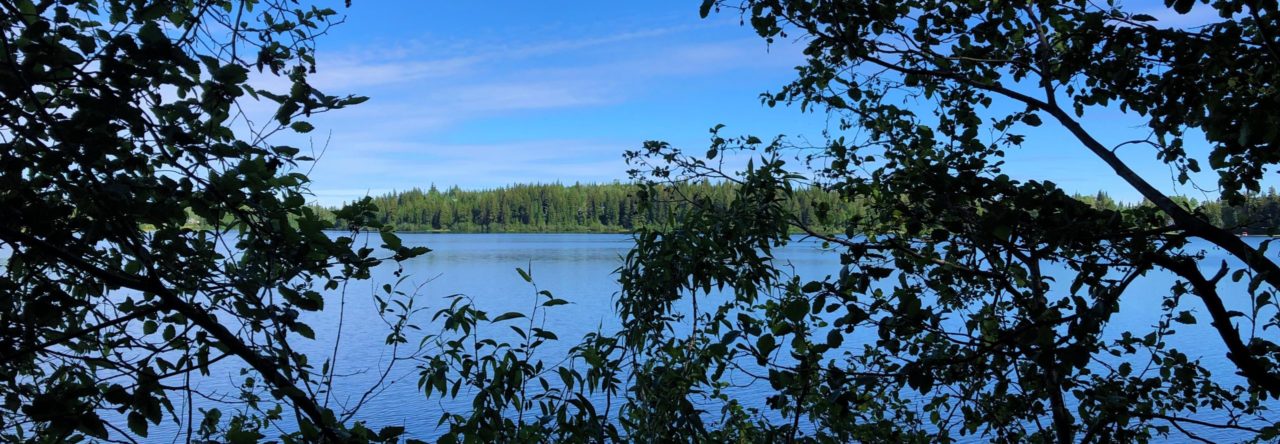October 23rd
What I enjoyed most about this conference was the emphasis on connecting to place. At the beginning of the day there was the “Koh-learning in the Nechako Watershed: Honouring Seasonal Voices among Youth, Communities and Waterways”. The Koh-Learning project is a partnership between UNBC and SD91. It focuses on teaching students about their environment by getting them out into nature and learning first-hand from the land. It allows students to become connected to their environment which supports independence and fosters a sense of responsibility to take care of their land and advocate for its future and their own. I really loved this seasonal wheel that was shared. It is child centred and explores many great topics and subtopics that can be done through the year, connecting to people, place, land and the self. This is something I would like to explore when I have my own classroom one day.

One of the workshops I attended was “Land Based Libraries: Our Stories Live Here” with Mardelle Sauerborn. In this workshop, Mardelle spoke about how important it is to let students connect to their land and communities by getting the students outside of the classroom and into nature. In this way they can gain first-hand knowledge about the land, seeing what nature has to offer, taking in the sounds and smells, and exploring their community. She also talked about how, while books are a great source for learning, oral storytelling is equally important and offers more inclusivity for indigenous learners. This workshop was a great learning experience and I am grateful to have been a part of it.

Leave a Reply